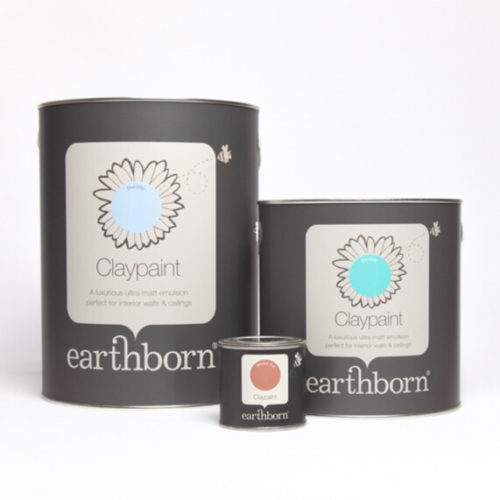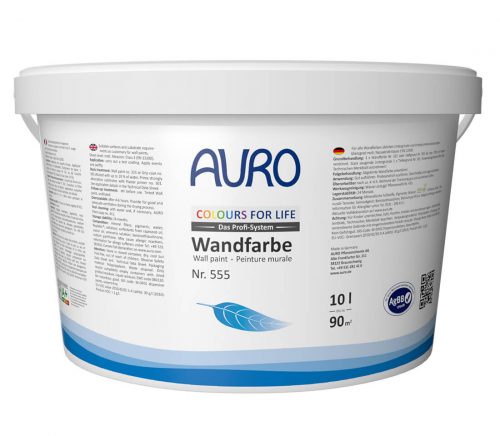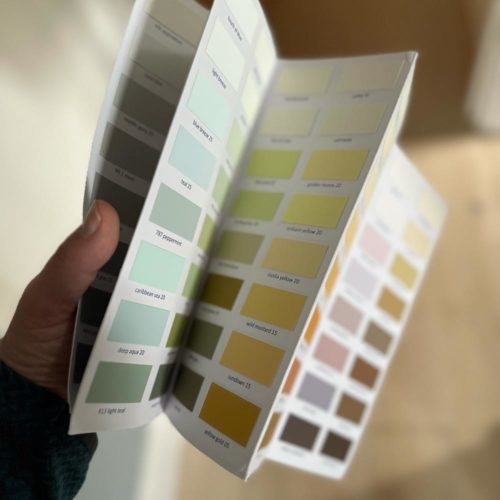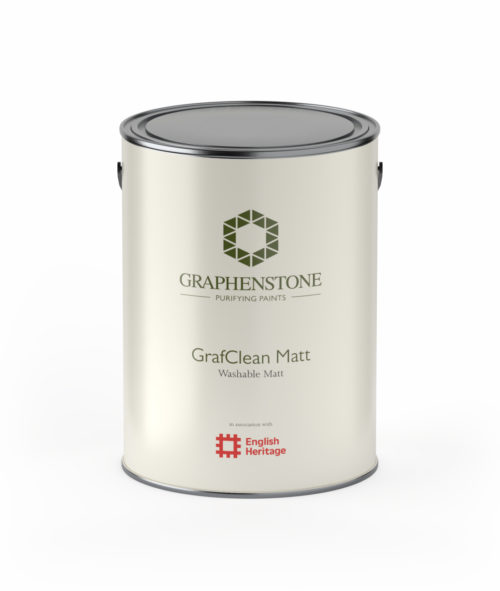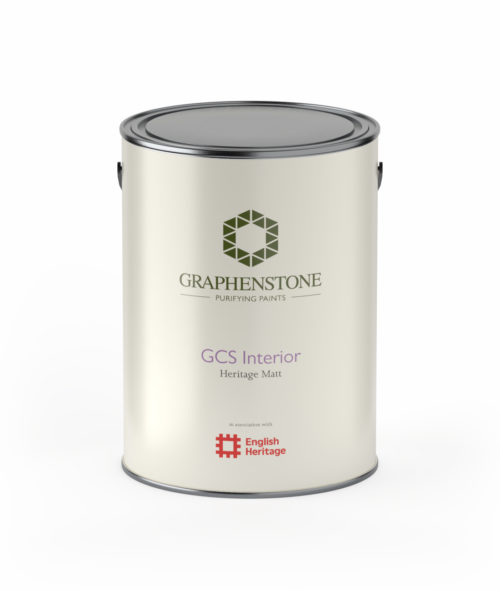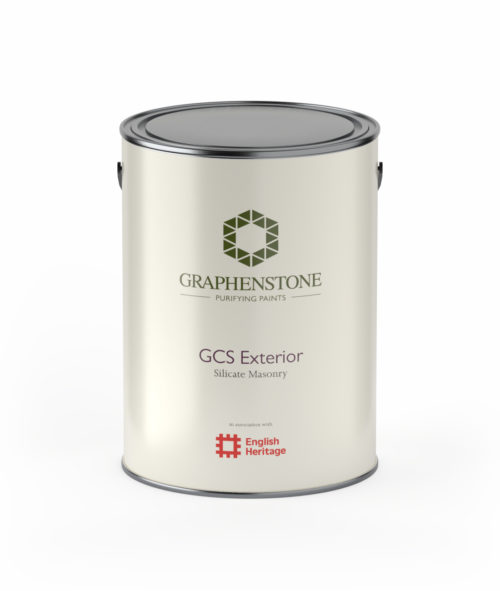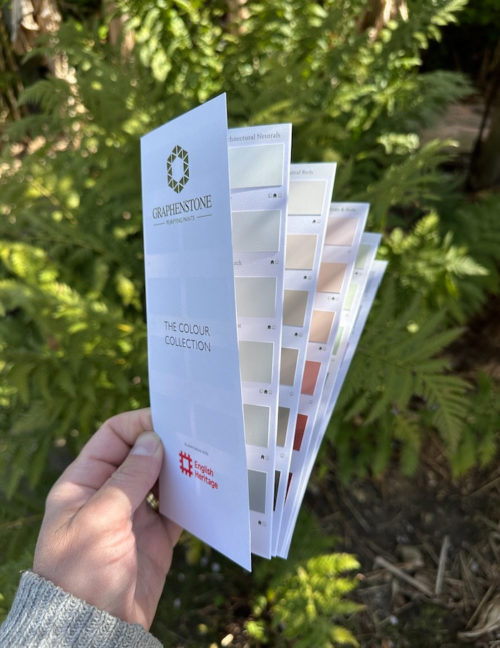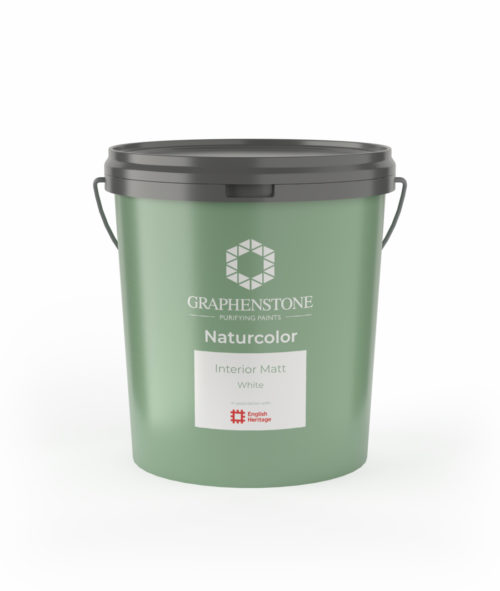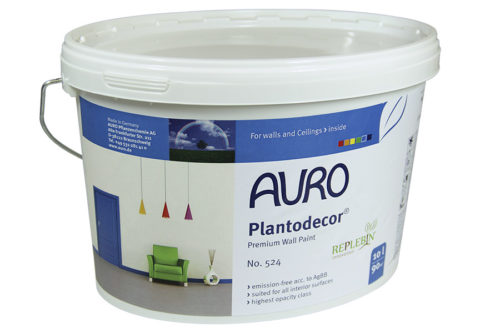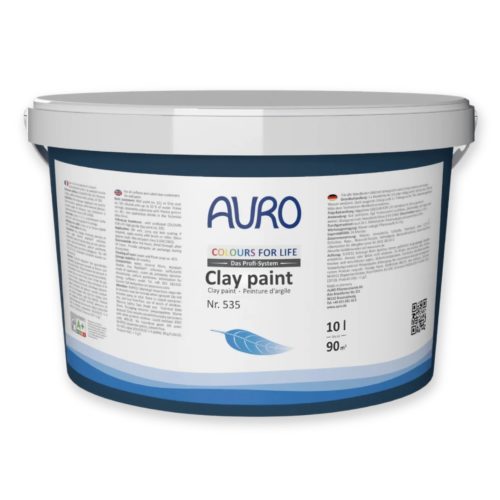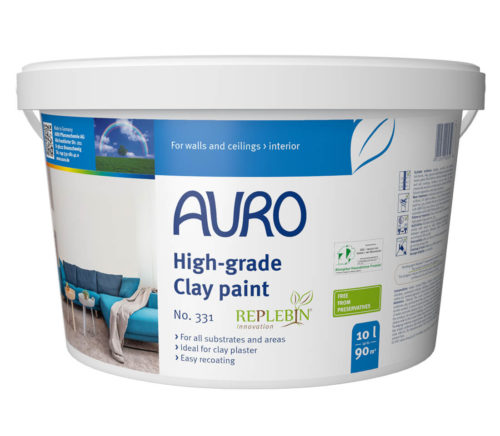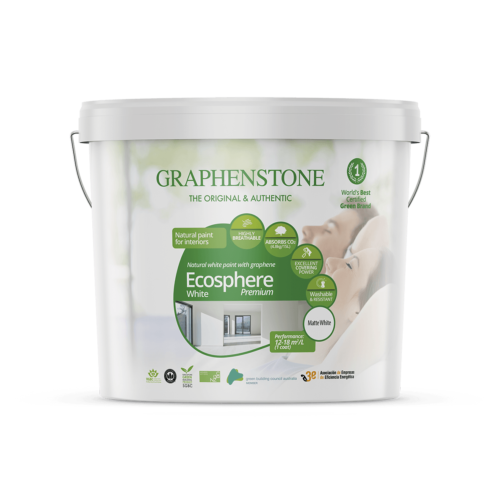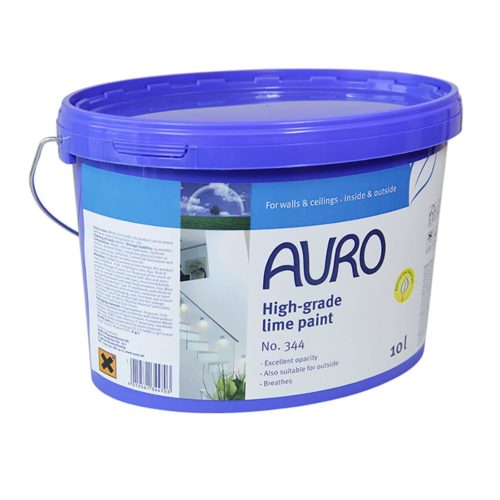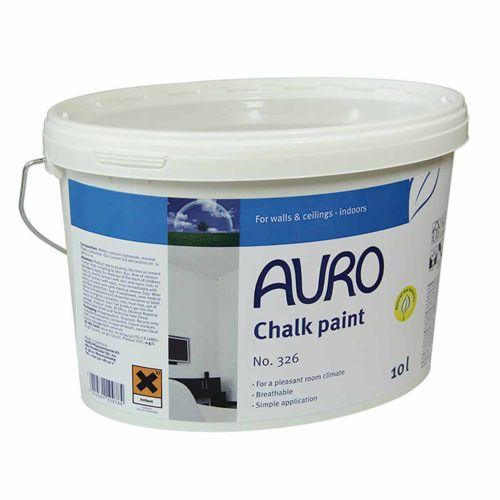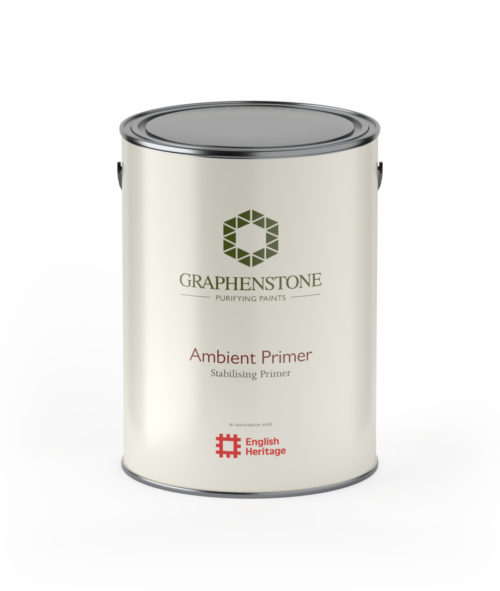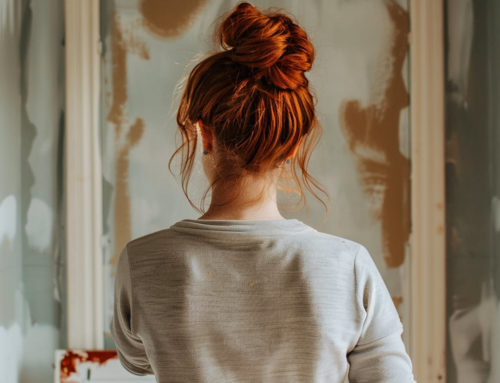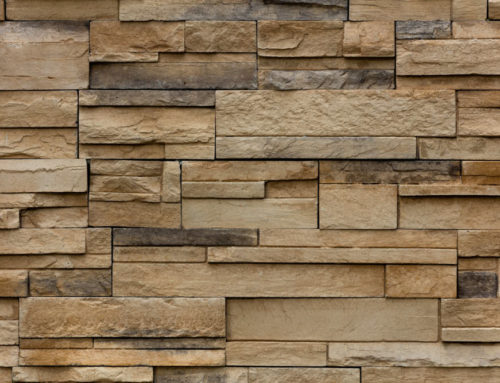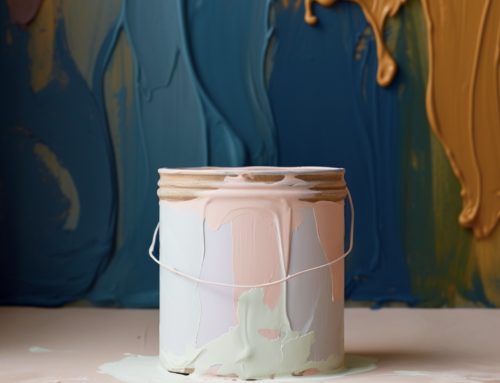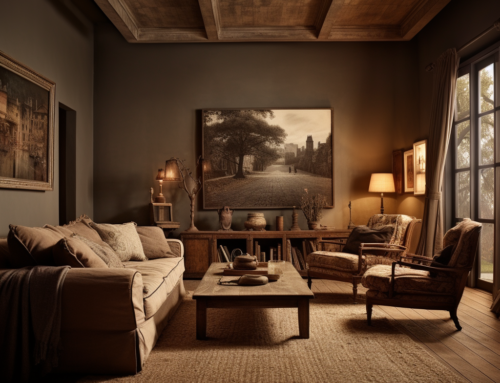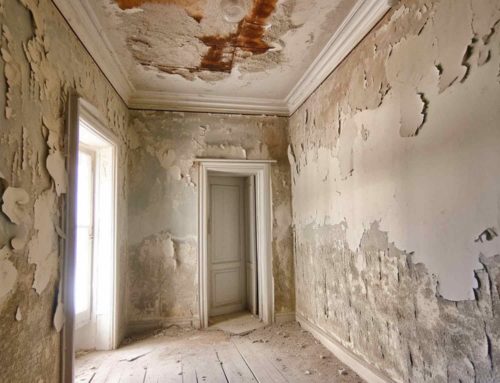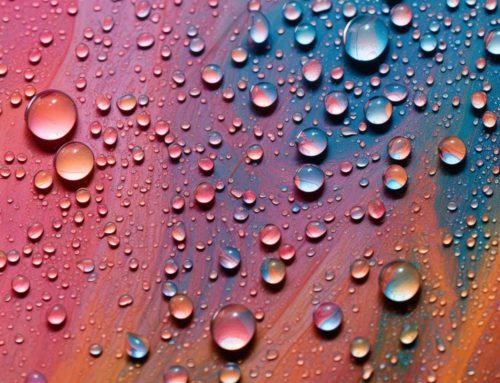Jump to:
Understanding Breathable Paints: Your Guide to Choosing the Right Paint for Your Project
As more people become aware of the importance of indoor air quality and moisture regulation in their homes, the demand for breathable paints is on the rise. However, there is often confusion surrounding the term “breathable” and which paints fall into this category. In this article, we’ll clarify common misconceptions and address frequently asked questions about breathable paints, providing you with the knowledge needed to make informed decisions when selecting paint for your project.
Are all emulsion paints breathable?
No, not all emulsion paints are breathable. Traditional emulsion paints, particularly those based on vinyl or acrylic, tend to form a less breathable, more impermeable film on the surface. However, some emulsion paints are specifically formulated to be breathable, often using natural ingredients such as clay, lime, or silicate, which allow water vapour to pass through the paint film.
Examples of breathable wall paint
How do you know if a paint is breathable?
To determine if a paint is breathable, you should look for its “sd value” (also known as the “equivalent air layer thickness”). The sd value indicates the paint’s permeability to water vapour, with a lower value signifying a more breathable paint. Ideally, a breathable paint should have an sd value of 0.5 m or lower. Always check the product specifications or consult with the manufacturer to confirm a paint’s breathability.
What is Breathable Paint?
Breathable paint is a coating or finish that allows moisture (water vapour) to pass through its film, facilitating the natural moisture regulation of a building. Breathable coatings help prevent dampness, mould, and damage to the building fabric, making them an excellent choice for older or historic buildings with solid walls that require good moisture management.
Is all water-based paint breathable?
While water-based paints are generally considered more environmentally friendly and less toxic than their oil-based counterparts, they are not all breathable. The breathability of a water-based paint depends on its specific formulation and ingredients. Some water-based paints, especially those using natural materials, can be highly breathable, whereas others, such as acrylic-based paints, may be less permeable to water vapour.
Is gloss paint breathable?
Gloss paint is typically less breathable than other finishes due to its high sheen and durable film. Gloss paints are often oil-based or made with synthetic resins, which can create a more impermeable barrier on the surface. If breathability is a priority for your project, it is advisable to opt for a different paint finish.
Is acrylic paint breathable?
Acrylic paint is a versatile and popular paint option, but it is not considered breathable. Acrylic paint forms a relatively impermeable film on the surface, which can trap moisture within the walls and potentially cause dampness or mould issues.
Is satin paint breathable?
Satin paint’s breathability depends on its formulation. Some satin paints, especially those that are water-based and made with natural ingredients, may offer a degree of breathability. However, others, particularly those that are oil-based or contain synthetic resins, may be less breathable. Always check the product specifications to determine the breathability of a particular satin paint.
Is breathable paint waterproof?
Breathable paint is designed to allow water vapour to pass through it, but it is not the same as being waterproof. The primary function of breathable paint is to facilitate moisture regulation within the building, preventing dampness and condensation issues. Waterproof paints, on the other hand, are specifically designed to resist water penetration and protect surfaces from water damage. It is essential to choose the appropriate paint based on the specific requirements of your project.
Conclusion
Breathable paints play a crucial role in maintaining the natural moisture balance of a building and promoting a healthy indoor environment. When selecting paint for your project, it is essential to understand the differences between various paint types and finishes and their breathability. Pay close attention to the paint’s sd value and product specifications to ensure you are making an informed decision.
What is the measure of breathability?
The sd value, or “equivalent air layer thickness,” is a measure used to determine the breathability or water vapour permeability of a paint or coating. This value indicates the resistance of a material to the diffusion of water vapour, providing insight into how effectively the paint allows moisture to pass through its film.
The lower the sd value, the more breathable the paint or coating is.
What are SD values?
Understanding sd Values:
The sd value is expressed in metres (m) and is calculated by comparing the resistance of the paint or coating to that of an equivalent thickness of still air. In other words, it represents the thickness of a layer of air that would provide the same resistance to water vapour diffusion as the paint or coating in question.
For example, a paint with an sd value of 0.5 m means that the paint has the same water vapour resistance as a 0.5-meter-thick layer of still air.
Breathability and sd Values:
When it comes to breathability, a lower sd value is preferred. A genuinely breathable paint should have an sd value of 0.5 m or lower, indicating that it allows water vapour to pass through its film relatively easily. This breathability is crucial for maintaining the natural moisture balance of a building, preventing dampness, mould, and damage to the building fabric.
On the other hand, paints with higher sd values are less permeable to water vapour, potentially trapping moisture within the walls and leading to dampness or mould issues.
Selecting Paints Based on sd Value
When choosing a paint for your project, especially for older or historic buildings, it is essential to consider the paint’s sd value. Always check the product specifications or consult with the manufacturer to confirm a paint’s breathability. Opt for paints with lower sd values to ensure proper moisture regulation and promote a healthier indoor environment.
SD Class 1 represents the highest level of breathability for a paint or coating. When a paint has an sd value of less than 0.14 m, it falls into this category. This means that the paint allows water vapour to pass through its film very easily, providing exceptional breathability and moisture regulation.
Paints in SD Class 1 are particularly suitable for older or historic buildings with solid walls, which require efficient moisture management to prevent dampness, mould, and damage to the building fabric. Using a Class 1 breathable paint helps maintain the natural moisture balance of the building and contributes to a healthier indoor environment.
When choosing a paint for your project, it is crucial to consider the paint’s sd value, particularly if breathability is a priority. Always check the product specifications or consult with the manufacturer to confirm a paint’s breathability. Opting for paints in SD Class 1 can ensure you provide optimal moisture regulation and preserve the integrity of the building structure.
The sd value classification system provides a way to categorise the breathability of paints and coatings based on their water vapour permeability. While there isn’t a universally standardised classification system for sd values, the following categories can help you understand the general breathability levels:
Examples of SD values
SD Class 1 (Highly Breathable): sd value < 0.14 m
Paints and coatings in this category offer the highest level of breathability, allowing water vapour to pass through their film very easily. These products are particularly suitable for older or historic buildings that require efficient moisture management to prevent dampness, mould, and structural damage.
SD Class 2 (Moderately Breathable): sd value 0.14 – 0.5 m
Class 2 paints and coatings provide moderate breathability, allowing a fair amount of water vapour to pass through their film. These products can be suitable for a range of applications, including newer buildings or renovations where some moisture regulation is needed.
SD Class 3 (Limited Breathability): sd value 0.5 – 1.5 m
This class of paints and coatings offers limited breathability, with a lower capacity for allowing water vapour to pass through their film. While these products might be suitable for certain applications, they might not provide sufficient moisture regulation for older buildings with solid walls or those prone to dampness and condensation issues.
SD Class 4 (Low Breathability): sd value > 1.5 m
Paints and coatings in Class 4 have low breathability, meaning they offer minimal water vapour permeability. These products are not recommended for buildings that require good moisture management, as they can potentially trap moisture within the walls, leading to dampness, mould, or structural damage.
When choosing a paint or coating for your project, it’s essential to consider the sd value and the corresponding breathability class. This will help ensure you select the appropriate product based on the specific moisture regulation requirements of your building. Always check the product specifications or consult with the manufacturer to confirm a paint’s breathability and choose a product that aligns with the needs of your project.
Read more:
- Where to Buy Breathable Paint in the UK
- Is plaster breathable?
- Is breathable paint waterproof?
- Can breathable paint prevent mould?
- Breathable Paints For Lime Plaster – What do I need?
- What is Wall Breathability, and how does breathable paint help?
- Are all emulsion paints breathable? Your Guide to Choosing the Right Paint & SD Values
- Breathable Wall filler – How to use
- Breathable Natural Lime Plaster & Eco plasters
- Is Breathable Paint Waterproof? Exploring the Characteristics and Benefits
Our range of breathable wall paint

Hi! I’m Chris, the founder of The Organic & Natural Paint Co, and I’m focused on the education and promotion of natural non toxic alternatives to chemical laden everyday products that we just take for granted. We have a choice, and I want to raise awareness of alternative products that don’t actually harm us!
This company is my way of pushing the awareness of better indoor air quality, something that I am personally passionate about due to my own children’s breathing medical conditions. I just couldn’t paint with big brand standard petrochemical paint any longer and wanted another solution.
Read more: About me
Twitter: NaturalPaintCo
Instagram: cleanairclubofficial


